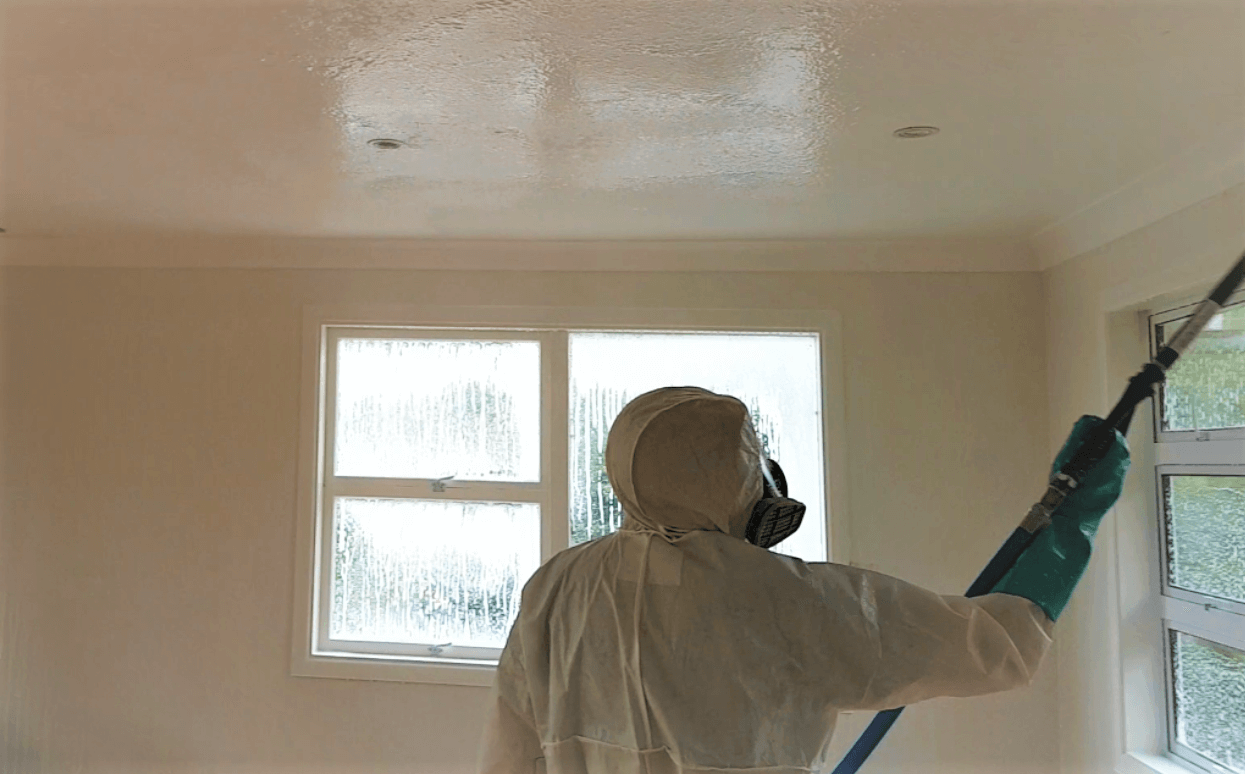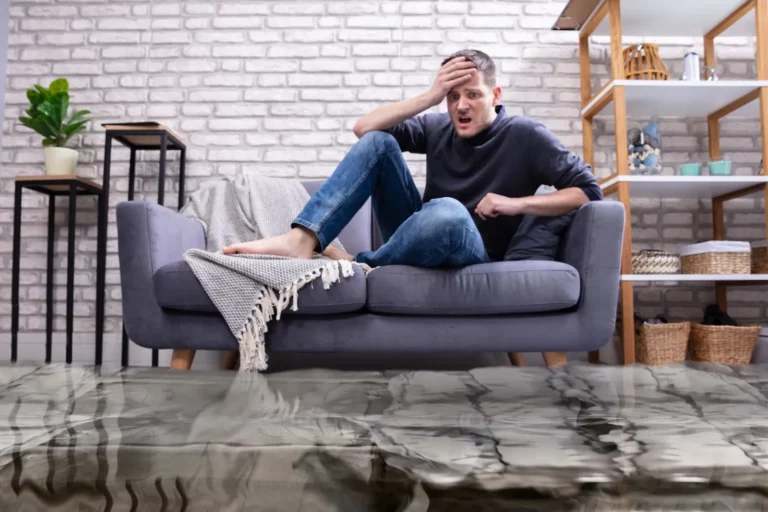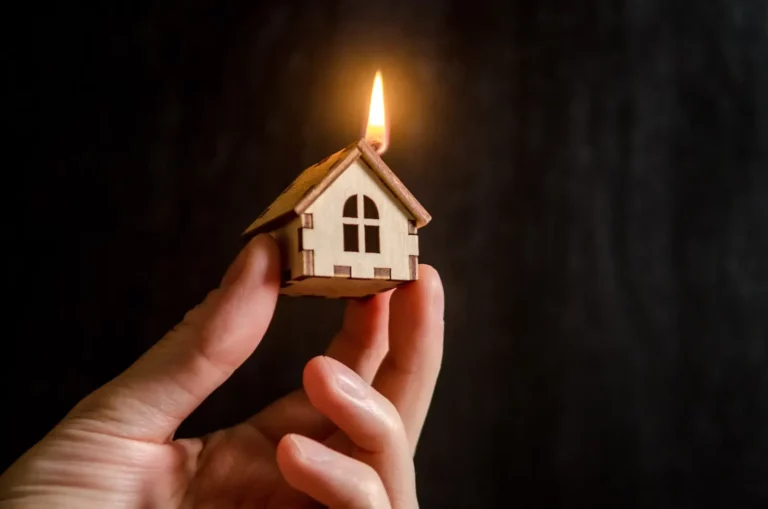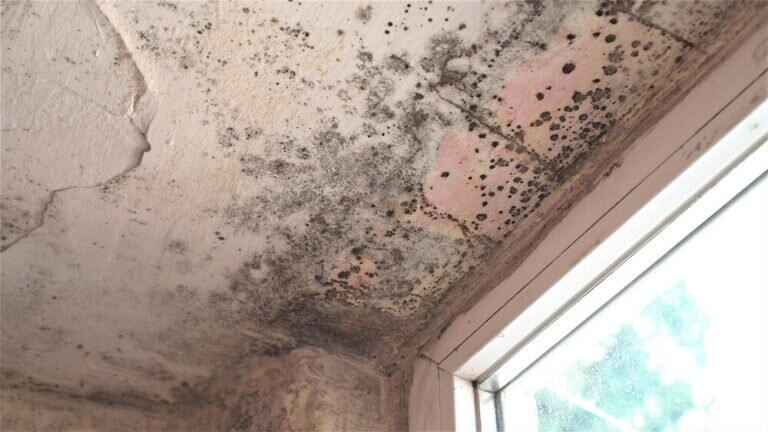Common household construction materials can often absorb and retain chemicals, leading to stains, unpleasant odours, and even creating unsafe living conditions. In cases where a house has been exposed to methamphetamine production or heavy use, these issues can become severe.
A full house decontamination is the best way to address these concerns, but if you’re new to the process, it can feel overwhelming.
In this guide, we’ll explain why decontaminating a meth-contaminated house is essential, how to restore a safe living environment, and the benefits of hiring professional restoration services to handle the job.
What is a ‘Meth-Contaminated House’?
Methamphetamine, an illegal drug, is often “cooked” in secret, usually in residential properties. This process involves various toxic chemicals like pseudoephedrine, phosphine, and acetone.
A meth-contaminated house, also known as a “P-House,” is a property where methamphetamines have been manufactured or heavily used. These homes can become extremely hazardous as toxic fumes and residues seep into the walls, floors, and air systems.
Are “Meth Houses” Dangerous?
Yes, a contaminated house exposed to meth is extremely dangerous. Even after someone disassembles the workstations that Yes, meth-contaminated houses are incredibly dangerous. Even after the drug-making equipment is removed, the toxic residues left behind can continue to pose serious health risks.
Methamphetamine is a crystalline substance that evaporates when heated. As the vapours cool, they re-crystallize on surfaces throughout the home. Over time, these chemicals accumulate on walls, ceilings, carpets, and other surfaces, potentially reaching dangerous levels.
Families living in these homes may suffer from:
- Recurring illnesses
- Sleep disturbances
- Severe sinus problems
- Poor weight gain in infants
- Migraines
- Respiratory issues
- Skin irritation
Some people may even have methamphetamine in their blood despite never using the drug. If you or your family experience unexplained health problems after moving into a new home, it’s possible that the property’s history wasn’t fully disclosed.
Can a Meth House Be Restored?
The good news is that meth houses can be cleaned through a process called P-house decontamination. By hiring professionals who specialise in this type of cleaning, you can remove toxic residues and restore the property to a safe and habitable condition.
What is P-House Decontamination?
P-house decontamination involves removing harmful chemicals and materials from a meth-contaminated house to prevent health risks for future occupants.
This process typically includes deep cleaning, proper ventilation, and using specialised equipment to eliminate toxic residues.
Decontamination is crucial not only for health reasons but also for restoring the property’s value and making it safe for living again.
Are There Tests to Identify a Meth House?
Identifying a meth-contaminated house can be challenging without clear signs. However, you can start by using your senses. Strong, unusual odours that are hard to place could be from lingering chemicals in the walls. Iodine byproducts from meth production can also leave red or yellow stains on surfaces.
If you suspect meth contamination, consider more formal testing. Surface wipe tests and air sampling can detect meth residues, with results confirmed through lab analysis.
Why Should You Decontaminate a House?
Decontaminating a meth house is essential for several reasons:
- Health & Wellbeing: It protects current and future occupants from health issues caused by meth residue exposure.
- Increased Property Value: Decontamination ensures the property is clean and safe, making it more attractive to potential buyers and sparing them from additional cleanup costs.
- Legal Compliance: Decontaminating your property helps you meet legal requirements and avoid potential lawsuits related to meth contamination.
Is Cleaning a Meth House Dangerous?
Yes, cleaning a meth house can be dangerous, especially if done without professional help. The chemicals present in these homes are highly toxic and can cause serious harm if not handled correctly. Professionals have the training, protective gear, and tools needed to safely remove these hazards.
How to Decontaminate a P-House
Decontaminating a meth house requires a careful and thorough approach:
- Assessing the Contamination: Professionals start by testing and inspecting the property to determine the extent of meth contamination.
- Creating a Decontamination Plan: Based on the assessment, they develop a plan outlining the necessary safety measures, equipment, and timeline for the cleanup.
- Removing Contaminated Materials: Contaminated items like carpets, furniture, and wall coverings are removed, either for replacement or deep cleaning, depending on the severity of contamination.
- Cleaning and Sanitising: All surfaces, including walls, floors, and air ducts, are thoroughly cleaned using professional-grade solutions and equipment to remove toxic residues.
- Ventilating the Property: Proper ventilation is crucial to remove airborne contaminants and prevent toxic fumes from building up during the cleaning process.
- Repairing Damaged Components: After decontamination, any damaged materials or structural components are repaired or replaced to restore the property’s integrity and appearance.
- Post-Cleanup Testing: Final air and surface tests ensure that all contaminants have been successfully removed and that the property is safe for living.
Summing Up
Cleaning a meth-contaminated house is vital for protecting the health of anyone living there. Understanding the dangers and hiring the right professionals ensures that your property can be safely restored, maintaining its value and providing a secure environment for its occupants.
If you suspect that your property has been contaminated by methamphetamine manufacturing, our team at Restate Property Restoration can help. We specialise in house decontamination, using advanced techniques and equipment to deliver thorough and effective cleaning.
With years of experience, we offer tailored solutions that not only protect your family’s health but also increase the value of your property.
Contact us today by calling 0800 332 664 or sending an email to info@resspec.co.nz to discuss your individual needs and how Restate can help.




